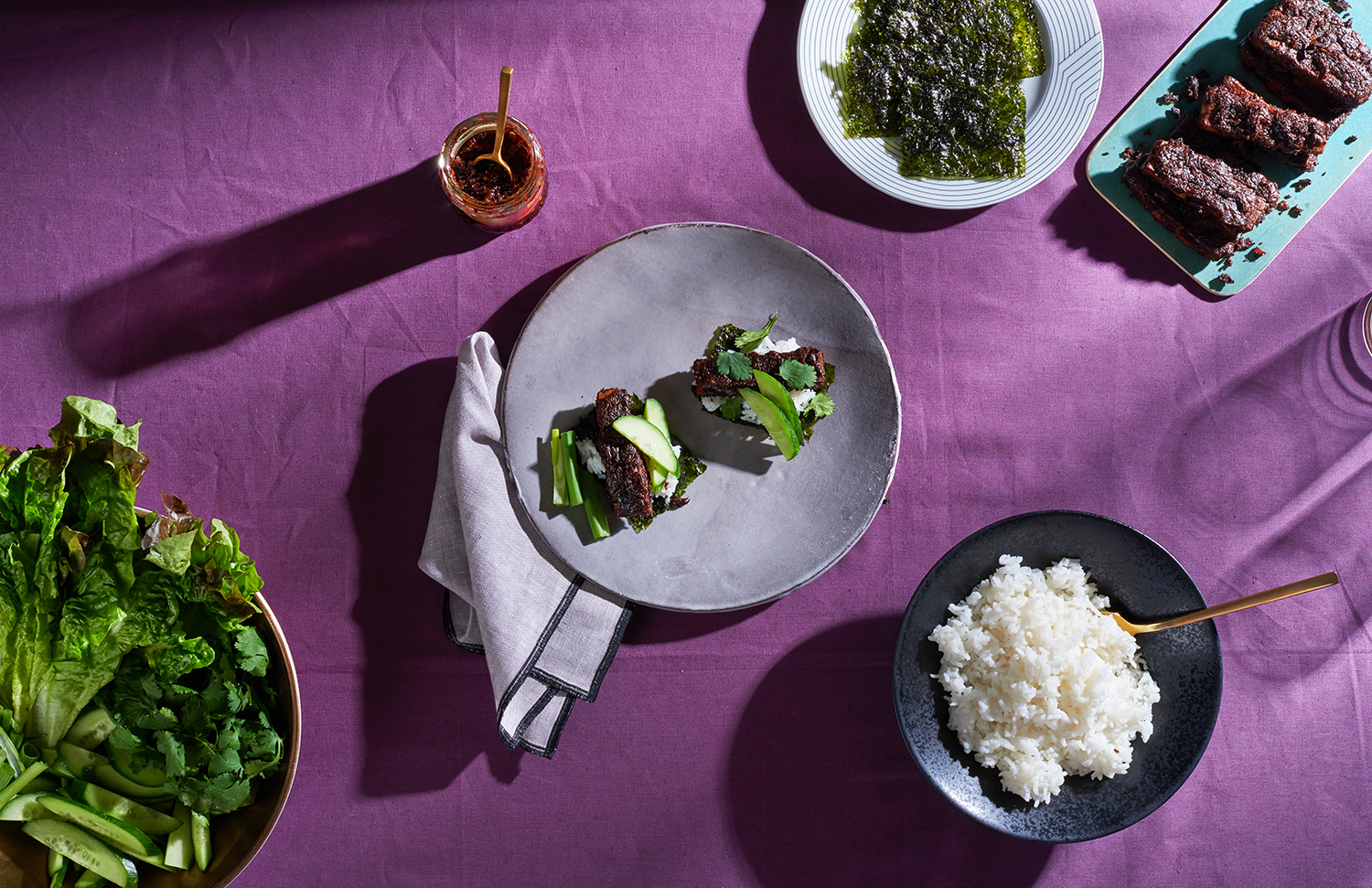First, this post is not just for photographers! Anyone with a service-based business needs to have a well-worded, comprehensive contract or agreement. Even part-time photographers who provide services to friends and family now and then can benefit from a photography contract. Contracts—as scary as they may sound—are essential to your business because they:
- clearly outline the scope of work (point them back to the agreement to avoid scope creep!)
- explain what is expected of each party
- offer protection for both parties
- determine rates and pricing
- specify when payment is due and project deadlines
- define legal rights, property/content ownership, usage rights, and/or licensing & limitations
 I’ve found that while it’s easiest to go off of a photography contract template (there are hundreds of free ones available online), you will probably need to tweak it to best fit your services. Once you have a solid template that generally fits your business and services, you can fine-tune it further for each project and client.
I’ve found that while it’s easiest to go off of a photography contract template (there are hundreds of free ones available online), you will probably need to tweak it to best fit your services. Once you have a solid template that generally fits your business and services, you can fine-tune it further for each project and client.
It’s important to be as specific and detailed as possible in your contracts. It may be convenient to write up what seems to be a one-size-fits-all agreement, but that means it probably won’t help you too much if issues arise because it’s too broad. Complications typically present themselves over the minor details, not overall services.
So, to cover yourself (and your clients, too!), make sure you cover these 8 essential components in your service agreement or business contract (the name is mostly interchangeable based on personal preference).
8 Components of a Photography Contract
Service Description
Provide a clear description of what you will provide and what the service or package includes. You may even outline what the service does not include if you have frequent misunderstandings. Outline the scope of work, including the exact number of deliverables and total cost of the project.
Those who provide services, artwork, or creative solutions and products have most likely dealt with scope creep: You start the project, and then the client asks for a minor edit here, a tweak there, a bit more…and then you’ve added hours to your workload without compensation. Often, clients simply don’t know how much time, effort, and creativity goes into one of those “simple tweaks.” Your agreement can address time, revisions, or anything else you find you need to prevent scope creep. Be as specific as possible.
Delivery Dates for Final Assets
There’s nothing more stressful than a client “just popping in” to your inbox every morning to see how the project is going and when they’ll get their images back. Get everyone on the same page and save space in your inbox by outlining the project timeline, deadlines, and delivery dates in your photography contract. If the client needs to provide information or materials for you (such as a brief or branding guide), include dates for when you’d like to receive those as well. You may even need to add that those are required before you can proceed with the project.

Payment Terms + Late Fee Policy
Outline your payment terms. Consider:
- Payment due date
- Split or partial payments
- Payment schedule (for recurring services)
- Retainers or deposits (does the deposit go toward the total amount?)
- What happens if the client ends services or stops the project midway?
- Late fees and taxes
- Acceptable payment methods
Copyright Information + Licensing Agreement
Stipulate product ownership and usage. For photography, include a specific licensing agreement stating the image uses and restrictions for images or other deliverables (i.e., can the client use the photos for billboards, packaging, online advertising, social media, promotional material, etc.) Learn more about image licensing in my post here.

Cost of Additional Deliverables + Licensing
Sometimes clients decide they want add-ons or need to expand their image licensing. Explain add-on costs upfront in your photography contract so they can consider their current needs and know what to expect if they need more later. This helps prevent disgruntled clients because it helps them plan for different scenarios and budget accordingly. (No one likes watching their costs add up unexpectedly.)
Rescheduling + Date Changes
This part is especially relevant now with COVID and the current production/supply chain chaos. Things happen. People get sick, materials don’t make it on time, etc. Use your photography contract to outline what happens with extenuating circumstances for both parties or if fees are associated with certain rescheduling scenarios.
Responsibility of Expenses
In commercial photography, you may have multiple professionals, rentals, props, and sets involved. Outline who is responsible for each expense (models, stylists, assistants, materials and rentals, etc.) Learn more about commercial photography costs here.

All Parties’ Contact Information
And finally, don’t conclude the agreement without adding everyone’s contact information and preferences. (Include name, business, phone, email, and how they prefer to communicate.) Communication is key to a successful project!
FOLLOW LINDSAY FOR MORE COMMERCIAL PHOTOGRAPHY TIPS
Lindsay is a Los Angeles food and product photographer. She specializes in Still Product & Food Photography, Lifestyle & Portrait Photography, Stop Motion, and Food Styling. Connect with her here for product marketing!

you said: